The remarkable growth of bamboo shoots has long fascinated botanists and gardeners alike. Among the many physiological processes that contribute to this rapid expansion, the interplay between turgor pressure and water absorption stands out as a particularly elegant mechanism. Unlike most plants that rely primarily on cell division for growth, bamboo shoots employ an ingenious combination of cell elongation and hydrostatic pressure to achieve their astonishing growth rates – sometimes exceeding 30 inches per day under optimal conditions.
At the heart of this phenomenon lies the concept of turgor pressure, the hydrostatic pressure that develops within plant cells as water enters through osmosis. When examining bamboo shoots, we find an exceptionally efficient system for generating and maintaining this pressure. The young shoot's cells contain high concentrations of dissolved solutes, particularly potassium ions and various organic compounds, creating a powerful osmotic gradient that literally pulls water into the cells. This process isn't merely about hydration – it's the driving force behind the shoot's ability to push through soil and even crack asphalt during its growth spurts.
The architecture of bamboo cells makes them particularly well-suited for this explosive growth. Unlike the rigid secondary cell walls found in mature bamboo, the primary cell walls of young shoots contain expansins – special proteins that allow the cellulose microfibrils to slide past each other when turgor pressure increases. This molecular rearrangement permits cell expansion without the wall losing its structural integrity. The process resembles inflating a balloon, where water pressure stretches the cell wall while the expansins act like molecular lubricants facilitating this stretch.
Water absorption in bamboo shoots follows a distinct diurnal pattern that correlates with growth rates. Field studies reveal that the most rapid water uptake occurs during early morning hours when soil moisture levels are high and transpiration rates remain low. The shoot's vascular system, though not yet fully developed, efficiently distributes this absorbed water to the growing tissues. Specialized parenchyma cells act as temporary water reservoirs, helping maintain turgor pressure even when external conditions become less favorable.
An often overlooked aspect of this process involves the shoot's underground development. Before breaking through the soil surface, the bamboo shoot has already established an extensive network of roots and rhizomes that provide both water and nutrients. This hidden preparation phase proves crucial – the shoot essentially "charges up" its water absorption capacity before the dramatic vertical growth begins. The timing of this underground development helps explain why some bamboo species can sustain such remarkably consistent growth rates over several weeks.
The relationship between water quality and turgor pressure development presents another fascinating dimension. Research indicates that bamboo shoots demonstrate preferential absorption of certain water molecules – a phenomenon possibly related to the structure of aquaporins (water channel proteins) in their cell membranes. These selective channels facilitate rapid water movement while excluding potential contaminants, ensuring that the osmotic gradient remains optimal for turgor pressure development.
Environmental factors dramatically influence this hydraulic growth system. Soil temperature affects both water viscosity and membrane permeability, while atmospheric humidity influences transpiration rates that compete with growth for water resources. Bamboo shoots have evolved sophisticated regulatory mechanisms to balance these competing demands. During drought conditions, for instance, the shoots can temporarily reduce growth rates by adjusting the concentration of osmotic solutes in their cells, effectively lowering their water requirements without causing permanent damage.
Modern imaging technologies have allowed scientists to observe these processes in unprecedented detail. Time-lapse MRI studies show water moving through bamboo shoots in pulsatile waves that correspond with growth increments. These observations challenge earlier assumptions about steady-state water flow in plants and suggest that bamboo may employ a form of hydraulic pumping mechanism to enhance water distribution during rapid growth phases.
The practical implications of understanding bamboo's water-driven growth extend beyond botanical curiosity. Architects and engineers are studying these principles for potential applications in creating self-erecting structures or responsive building materials. Meanwhile, agricultural researchers are exploring how to optimize irrigation practices for bamboo cultivation based on the precise water requirements during different growth stages. Even medical researchers have taken interest, as the mechanisms of cell expansion under pressure may offer insights into certain tissue growth processes in humans.
As climate change alters precipitation patterns worldwide, understanding the water absorption dynamics of bamboo becomes increasingly important. Some bamboo species demonstrate remarkable resilience to water stress, while others show exquisite sensitivity to moisture fluctuations. This variability suggests that different species have evolved distinct strategies for maintaining turgor pressure under challenging conditions – knowledge that could prove valuable for developing more drought-resistant crops.
Looking at bamboo shoots through the lens of turgor pressure and water absorption reveals nature's ingenious solution to rapid growth. The elegant coordination between cellular biochemistry, vascular architecture, and environmental sensing allows what appears as simple hydraulic pressure to transform into one of the most spectacular growth performances in the plant kingdom. Each new discovery in this field seems to uncover additional layers of complexity in what initially appears to be a straightforward physical process.
Future research will likely focus on the molecular switches that activate and regulate these growth processes. Preliminary studies suggest that plant hormones like auxins and gibberellins interact with water potential sensors to create a sophisticated control system for turgor-mediated growth. Unraveling these mechanisms could lead to breakthroughs in both agriculture and materials science, proving once again that careful observation of natural phenomena often leads to unexpected technological innovations.

By /Jul 14, 2025

By /Jul 14, 2025

By /Jul 14, 2025

By /Jul 14, 2025

By /Jul 14, 2025

By /Jul 14, 2025
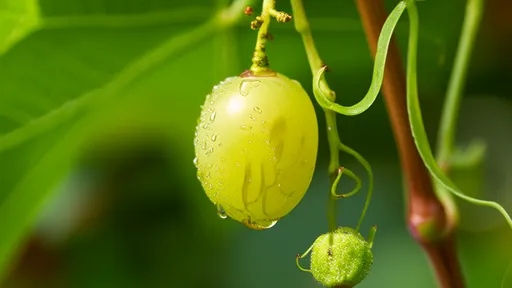
By /Jul 14, 2025
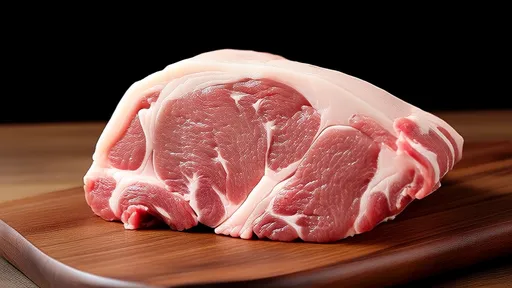
By /Jul 14, 2025
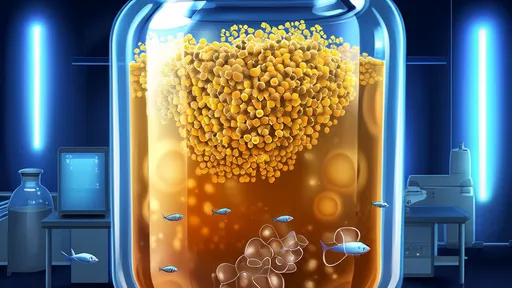
By /Jul 14, 2025
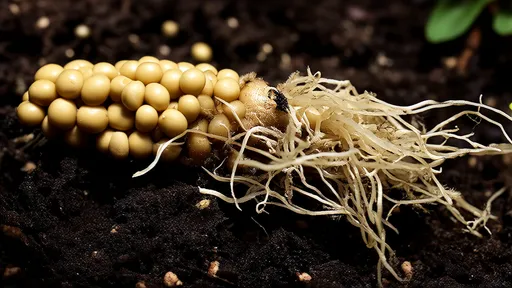
By /Jul 14, 2025

By /Jul 14, 2025

By /Jul 14, 2025

By /Jul 14, 2025

By /Jul 14, 2025
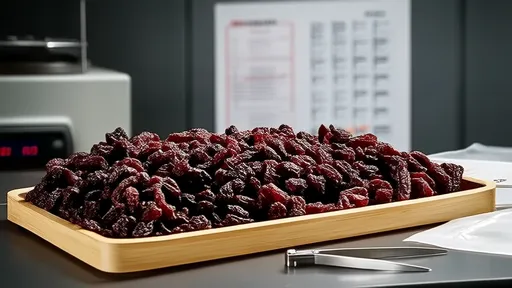
By /Jul 14, 2025
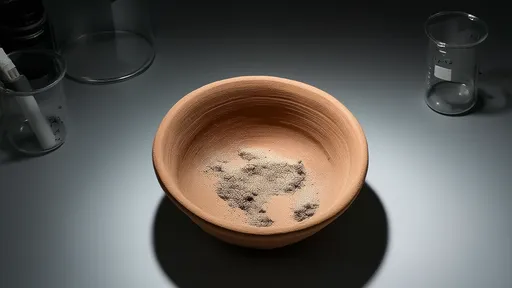
By /Jul 14, 2025

By /Jul 14, 2025

By /Jul 14, 2025